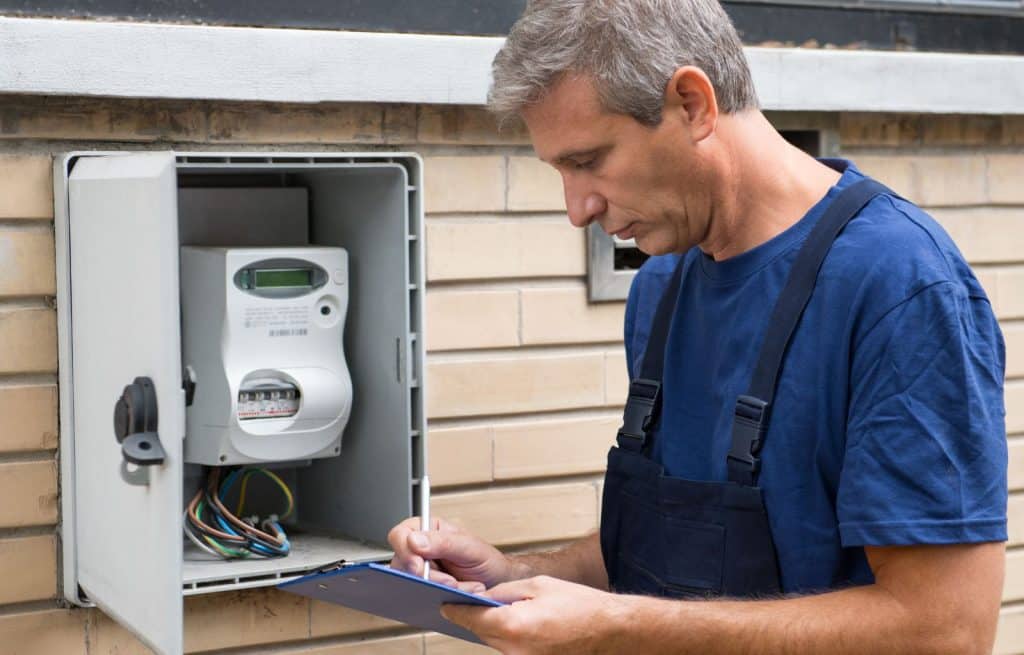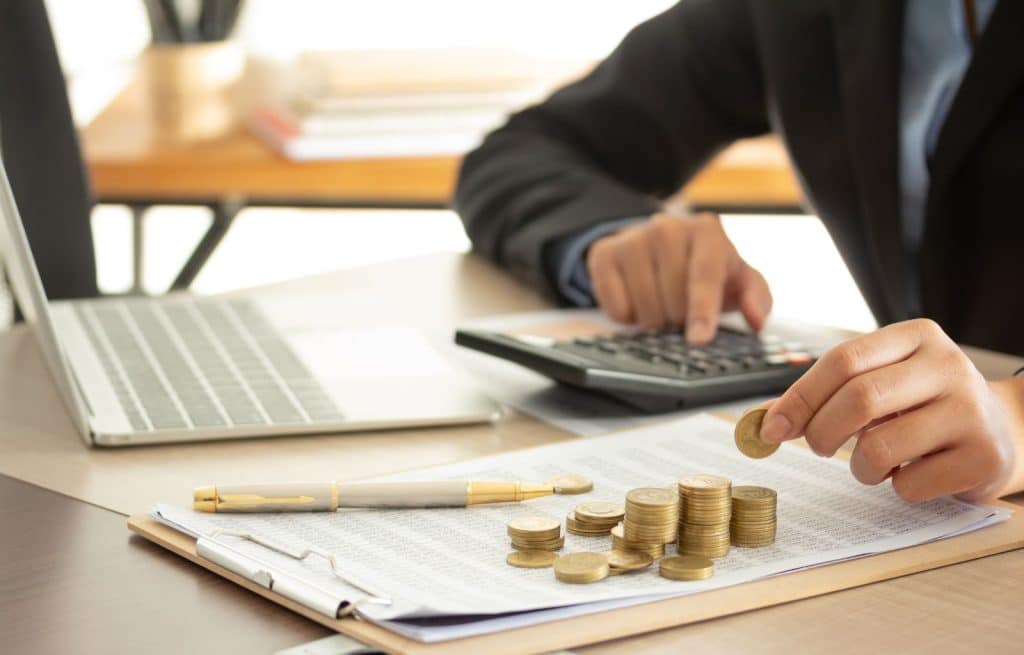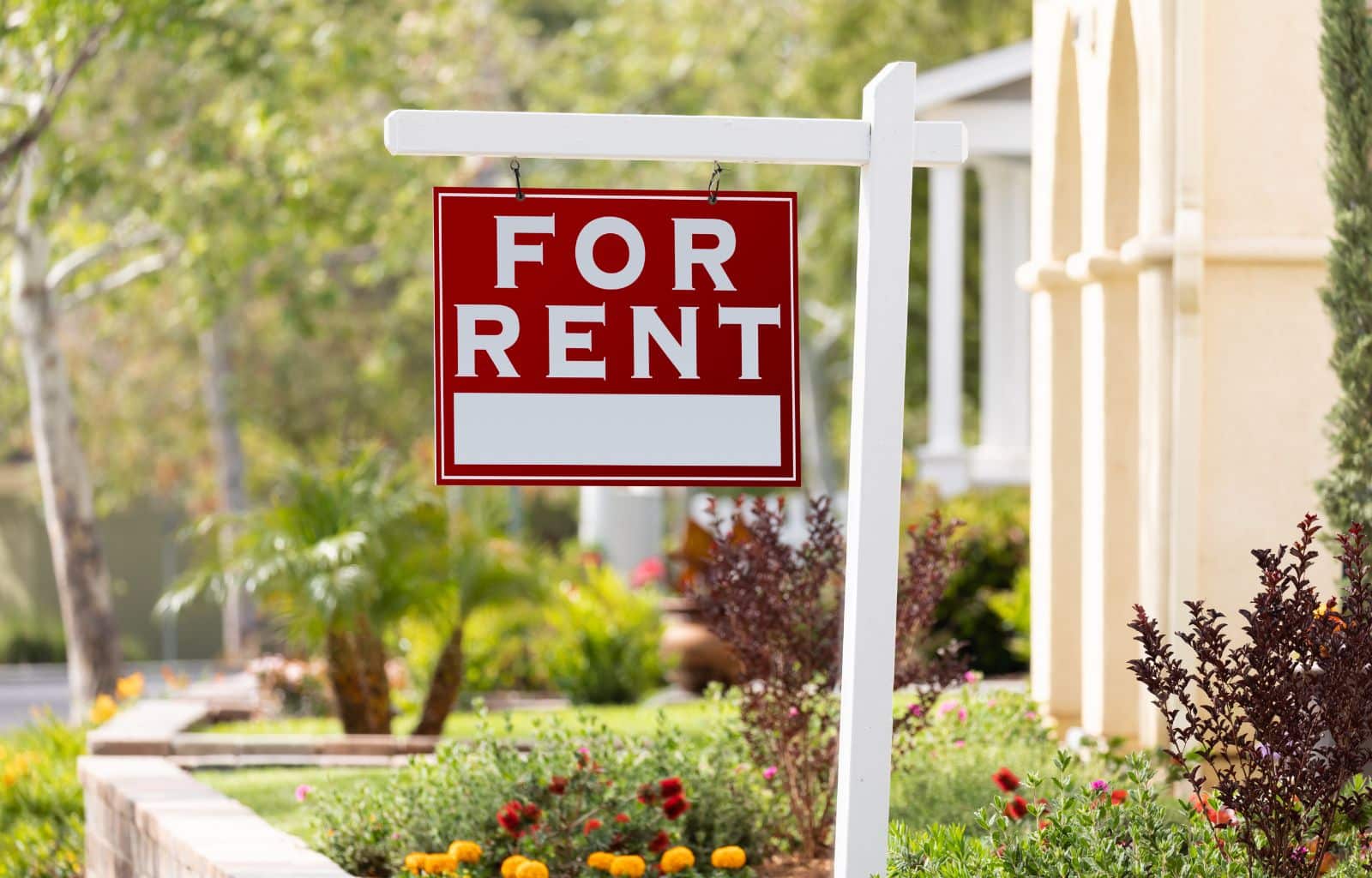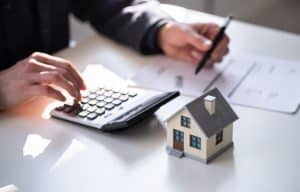Energy efficiency is more than a trend; it’s a vital sustainability strategy for rental properties. This translates into lower operating costs, higher property values, and increased tenant appeal for landlords. Tenants also benefit from reduced utility bills and a more comfortable living environment.
Given San Diego’s warm climate and rising energy costs, energy efficiency is crucial for rental property success. The city also supports energy-saving initiatives with local incentives and regulations, so landlords should stay informed on San Diego-specific ordinances and resources to maximize their investment.
Understanding Energy Consumption

Understanding existing energy consumption is one of the first steps in improving energy efficiency. Utility bills generally include several elements, such as service charges, energy charges, riders, and taxes. Knowing the makeup of these bills can help landlords identify high-cost areas to target with efficiency upgrades:
- Service Charges: Fixed fees for utility access.
- Energy Charges: Vary monthly, based on actual energy consumption.
- Riders and Taxes: Additional charges, often related to environmental programs or regulations.
Reviewing past bills allows landlords to see trends and target high-consumption areas for savings.
Another helpful tool is an energy audit. An energy audit provides a comprehensive overview of a property’s energy use, helping pinpoint improvement areas. San Diego Gas and Electric (SDGE) offers free or low-cost energy assessments, including the Weatherization Assistance Program (WAP) for eligible buildings. Additional in-depth audit resources may be available for multi-family properties, giving landlords a strong starting point for making meaningful energy-saving changes.
Practical Energy-Saving Tips for Landlords

San Diego landlords can implement several practical measures to enhance energy efficiency, benefiting both their bottom line and tenant satisfaction:
1. Insulation and Sealing
Proper insulation in walls, attics, and floors is crucial to minimizing energy loss. Additionally, weatherstripping and caulking gaps around windows, doors, and ductwork prevent drafts and enhance temperature control, which helps lower energy costs and increase tenant comfort.
2. Energy-Efficient Windows and Doors
Upgrading to double or triple-glazed windows and solid-core or insulated glass-panel doors reduces energy loss. Though an investment, these upgrades pay off with long-term savings and greater property appeal, particularly in a competitive market like San Diego.
3. Smart Thermostats
Smart thermostats allow tenants to manage temperatures more effectively, and programmable options help avoid unnecessary heating and cooling costs. Remote access via smartphones makes it even more convenient. Educating tenants on proper thermostat usage can save energy and cost, benefiting everyone involved.
4. LED Lighting
LED lighting is more energy-efficient and has a longer lifespan than traditional bulbs. Landlords can reduce energy usage and minimize maintenance by installing LED bulbs or fixtures. Dimmer switches offer tenants more control and can also reduce energy costs over time.
5. Energy-Efficient Appliances
Upgrading to ENERGY STAR-rated appliances, such as refrigerators, washers, dryers, and dishwashers, is a wise investment for landlords. Although these appliances can be more expensive upfront, the long-term energy savings and increased tenant satisfaction make them a worthwhile addition to rental properties.
6. Solar Panels
With San Diego’s abundant sunshine, solar panels can be a practical solution for cutting electricity costs. Many local incentives and tax credits are available to reduce the initial investment, and these systems add significant value and appeal to rental properties, especially for environmentally conscious tenants.
7. Water Conservation
Energy efficiency isn’t limited to electricity. Low-flow fixtures in bathrooms and kitchens can drastically cut water consumption. Installing low-flow showerheads, faucets, and toilets reduces water and the energy needed to heat it, saving costs over time. Addressing plumbing issues quickly also minimizes waste and prevents future repair expenses.
8. Regular Maintenance
HVAC systems operate more efficiently when well-maintained. Regular cleaning of filters, checking for leaks, and scheduling routine servicing help keep these systems at peak performance, avoiding unnecessary energy consumption and costly repairs or replacements.
Building a Positive Relationship with Tenants

Fostering a collaborative relationship with tenants regarding energy efficiency can lead to greater participation and cost savings. Here are some ways to communicate effectively:
Open Dialogue
Open communication about energy-saving initiatives fosters understanding and cooperation. Landlords can discuss energy-efficient upgrades and outline tenant responsibilities, such as reporting maintenance issues or using thermostats effectively.
Inform Tenants
Helping tenants understand the benefits of energy efficiency encourages positive behavior. Emphasizing potential savings on utility bills, comfort improvements, and environmental impacts can motivate tenants to adopt energy-saving habits.
Educate Tenants
Instructions for using programmable thermostats and energy-efficient features effectively can empower tenants to save energy. Practical tips and clear guidelines make it easier for tenants to embrace these improvements.
Financial Incentives and Resources

There are numerous financial incentives to support energy efficiency improvements:
Rebates and Incentives
Federal, state, and local programs offer tax credits and rebates for energy-efficient improvements. For instance, federal tax credits are available for solar panel installations, while utility companies may provide rebates for upgrading to ENERGY STAR appliances. Additionally, San Diego-based programs may offer further incentives for energy-efficient modifications.
ENERGY STAR Appliance Rebates
ENERGY STAR rebates help landlords offset the cost of energy-efficient appliance upgrades. These rebates and long-term energy savings make upgrading appliances a practical investment for rental properties.
Legal Considerations for San Diego Landlords

Compliance with local regulations is essential to avoid penalties and maximize the benefits of energy-efficient upgrades.
Local Ordinances
San Diego has specific ordinances regarding energy efficiency, and California’s Title 24 Energy Efficiency Standards set guidelines for residential properties. Following these standards ensures compliance, avoids legal issues, and increases property value.
Routine Compliance Checks
Regular inspections and maintenance ensure continued compliance with San Diego’s energy efficiency standards, and consulting a property management attorney can help you meet these requirements.
Conclusion
Improving energy efficiency in rental properties is a smart strategy for landlords and tenants alike. It brings cost savings, increases property value, and creates a more comfortable environment.. Proactive efforts toward sustainability enhance profitability and tenant satisfaction and support environmental responsibility. This is one way to make your property stand out!





